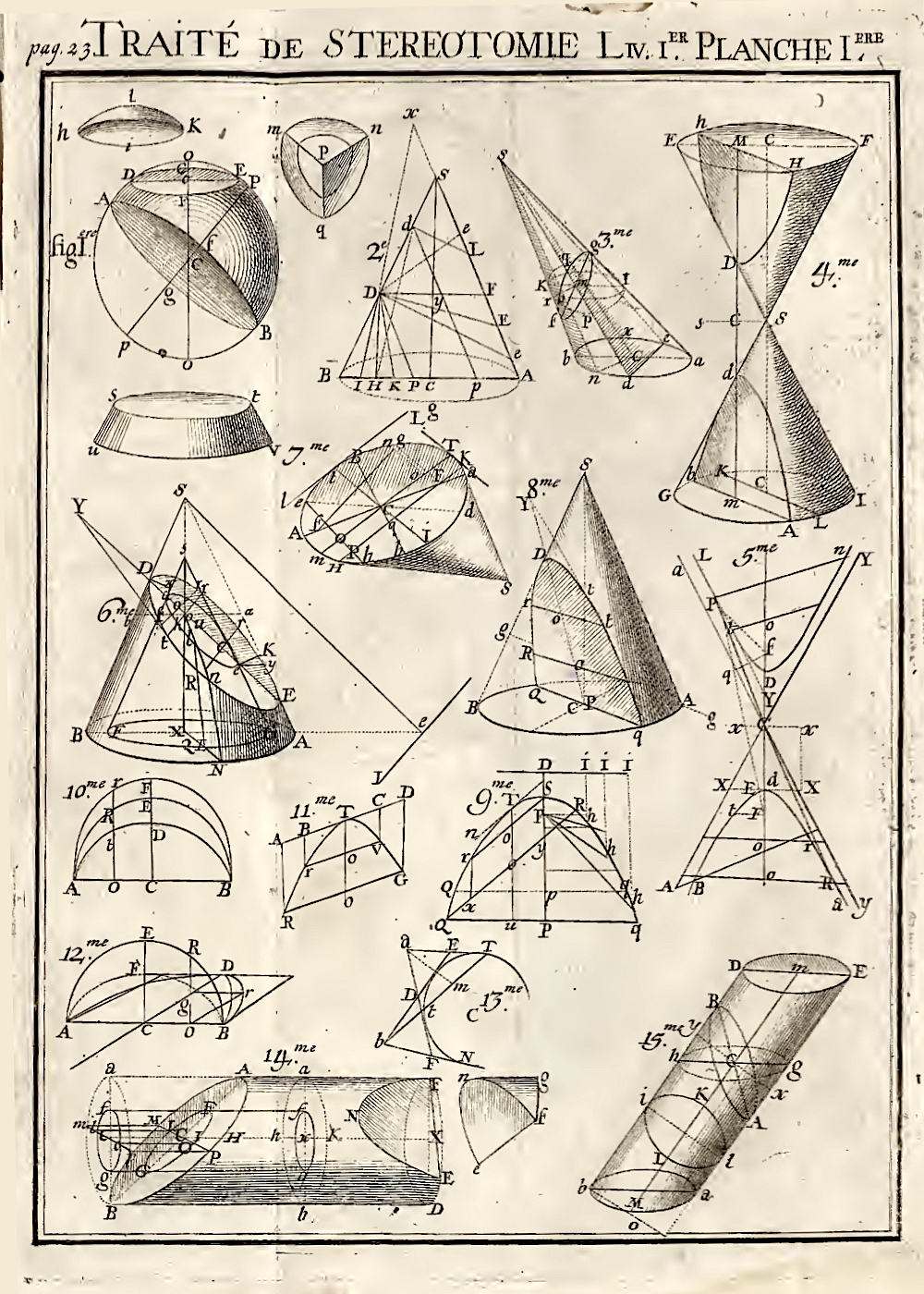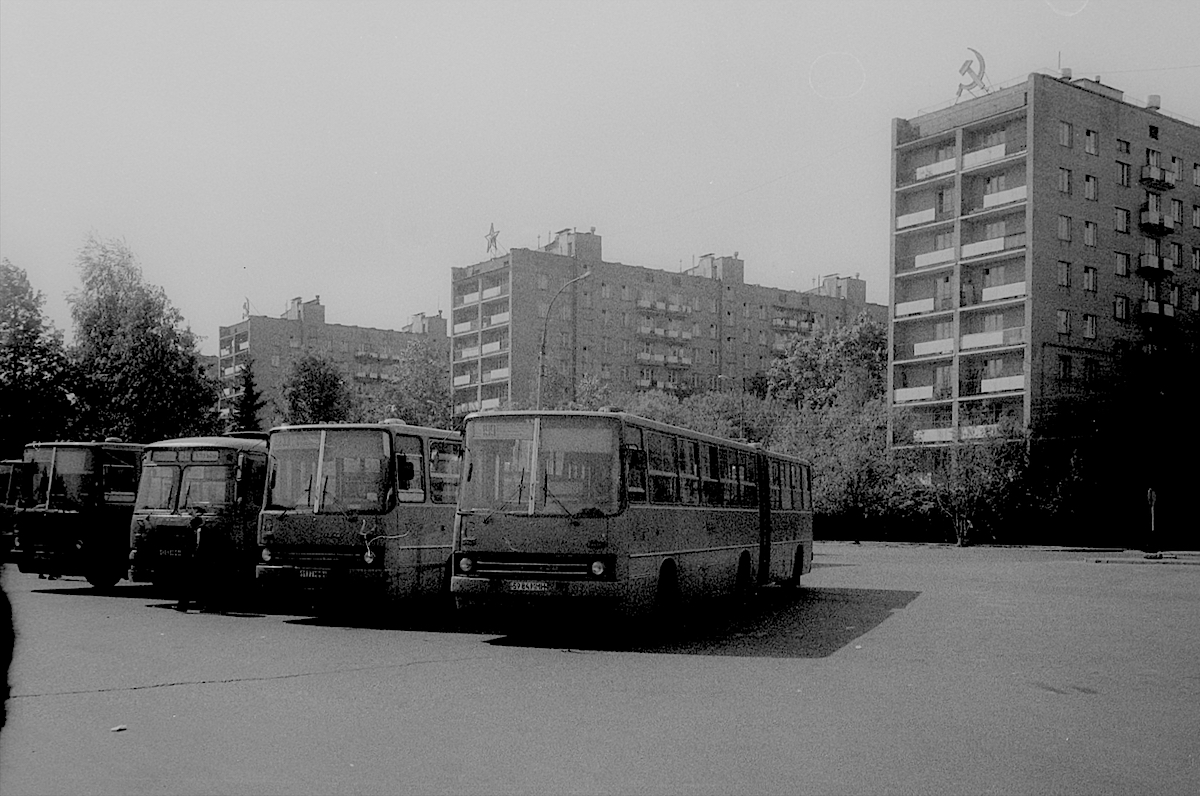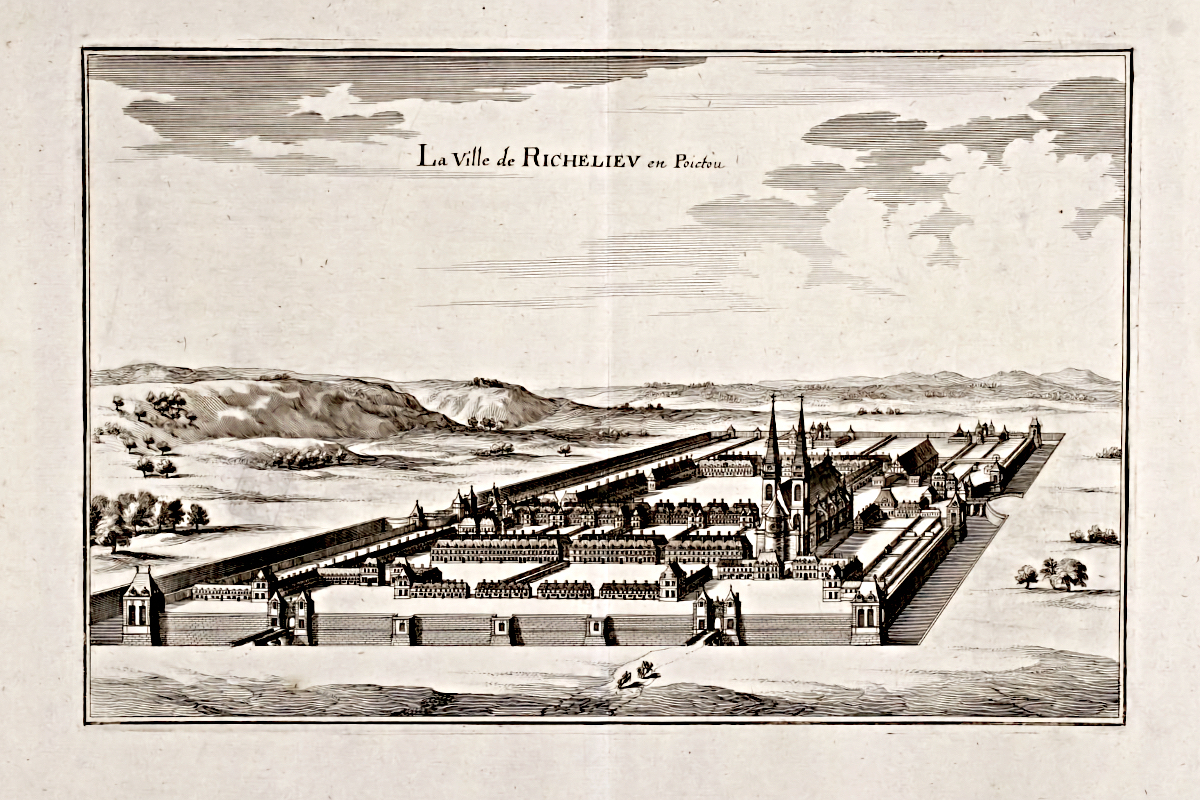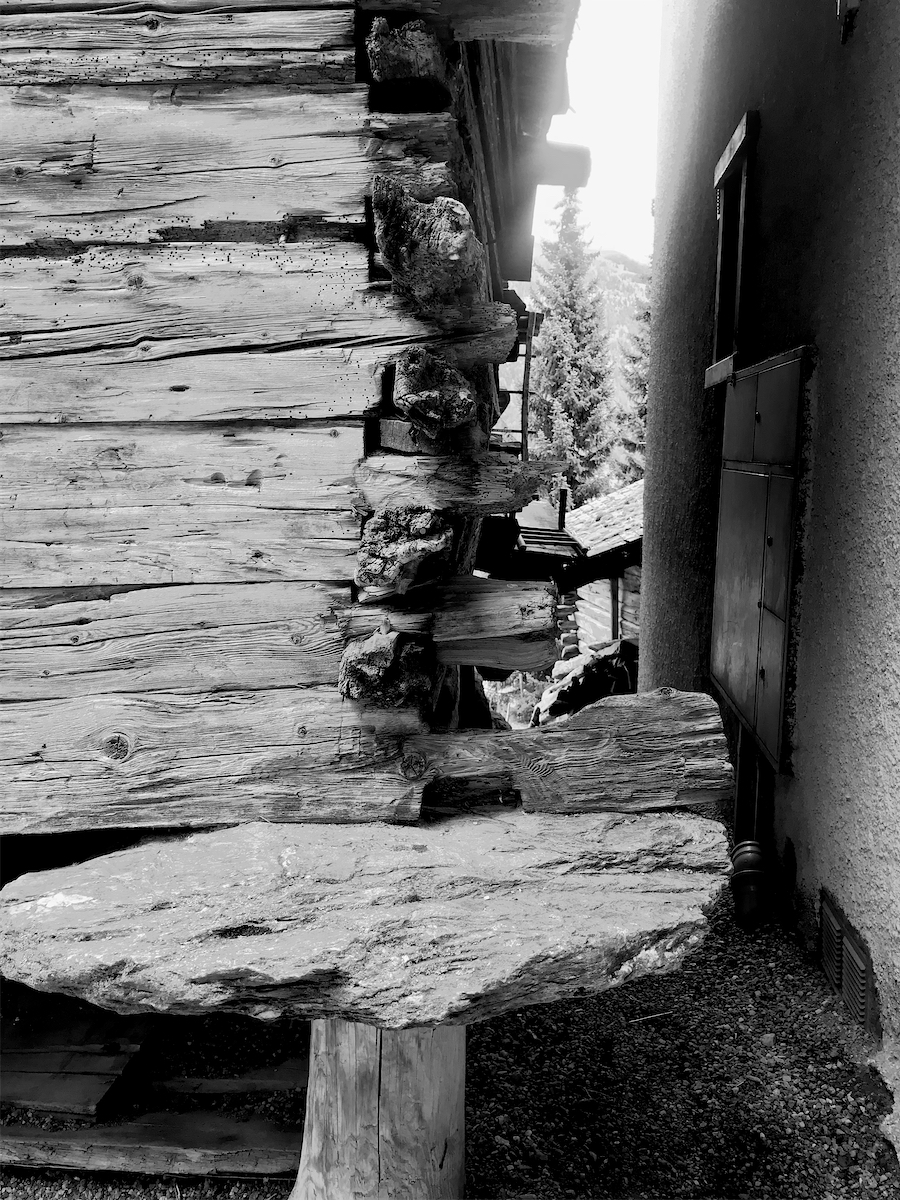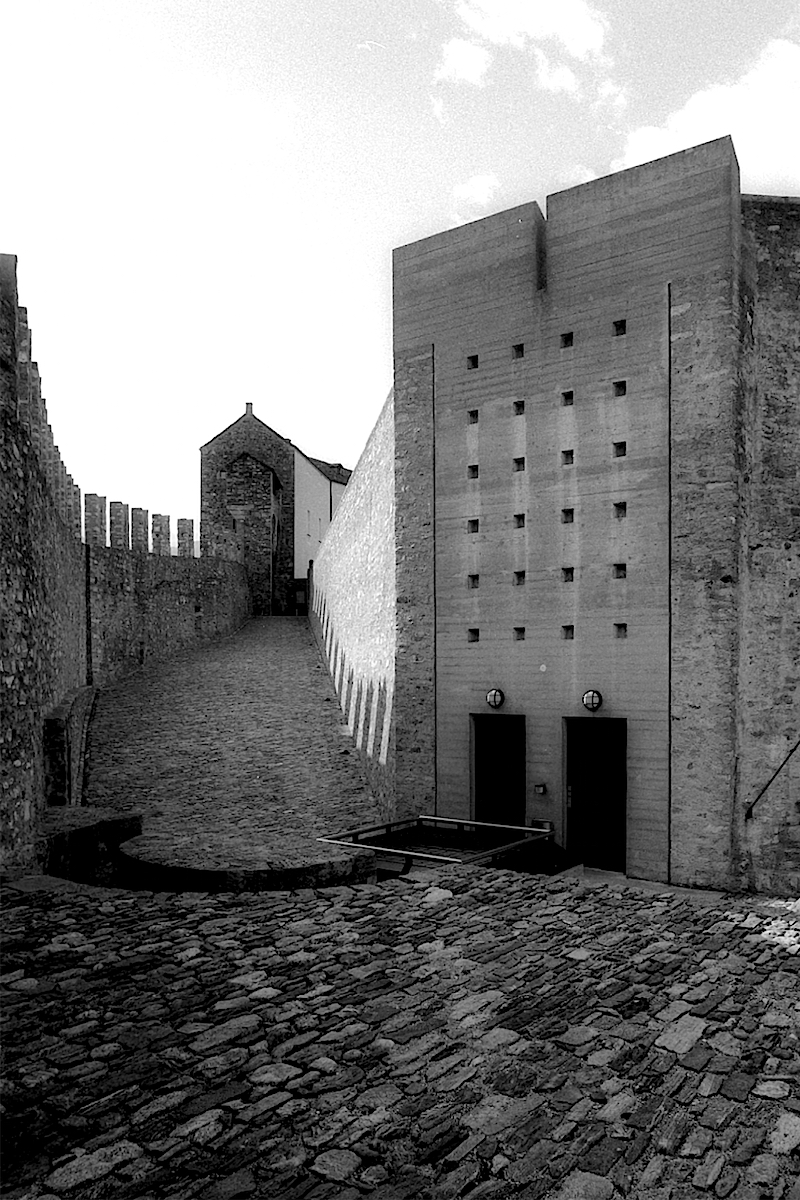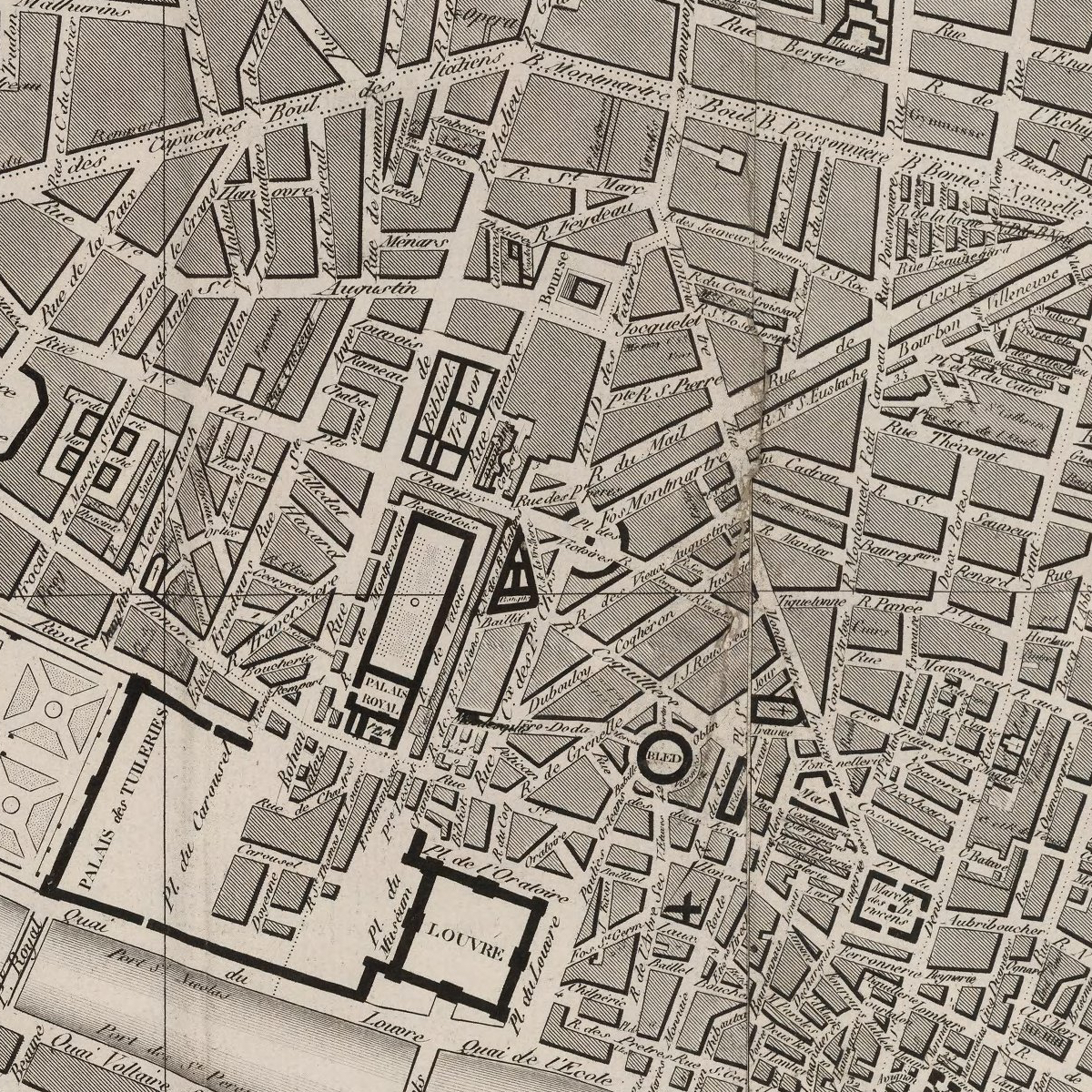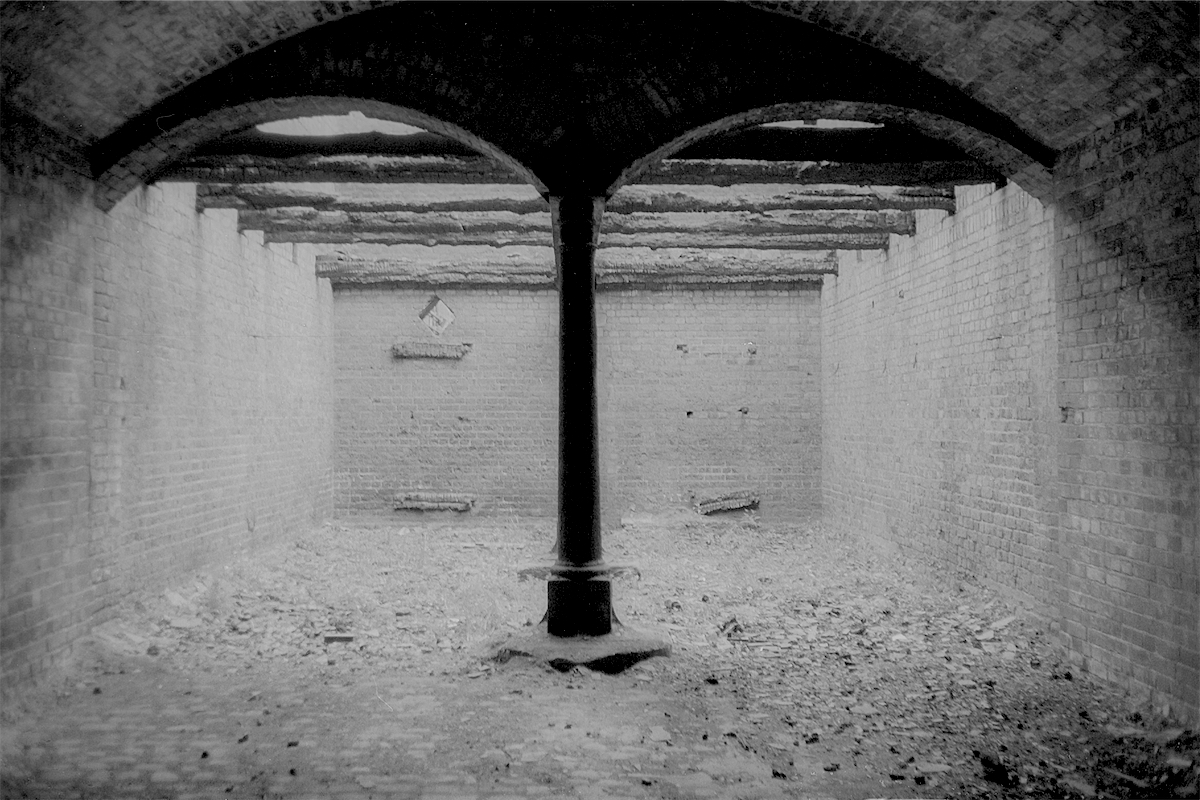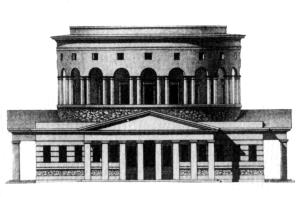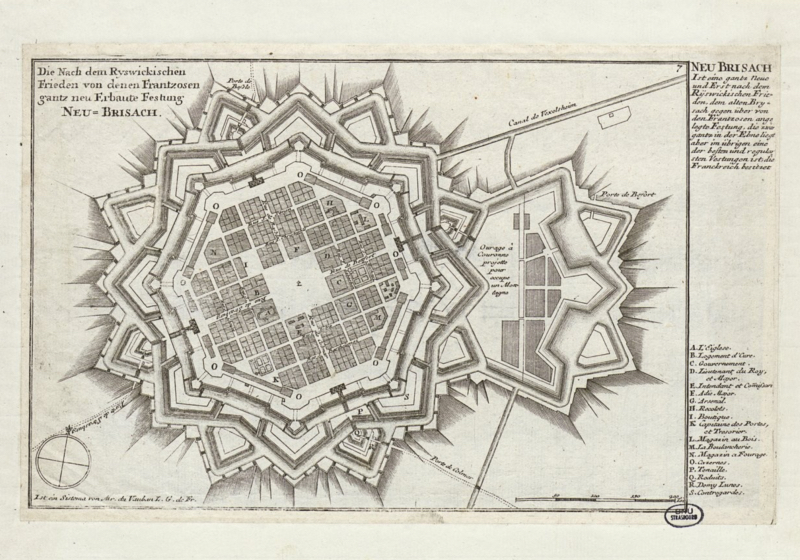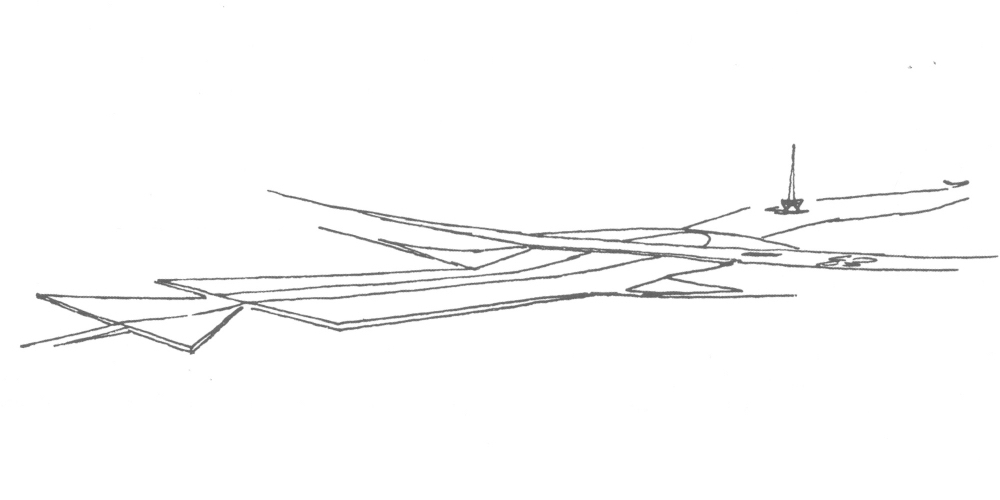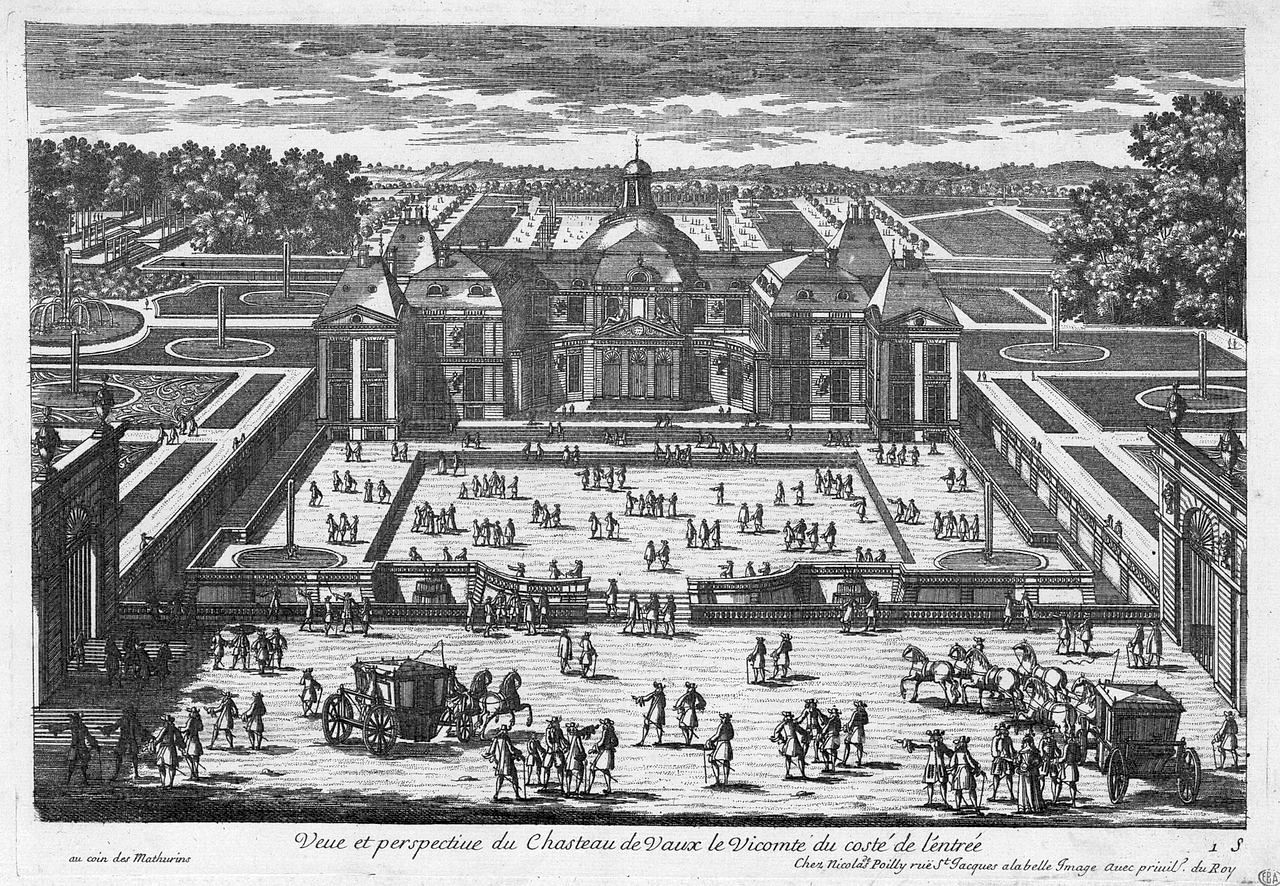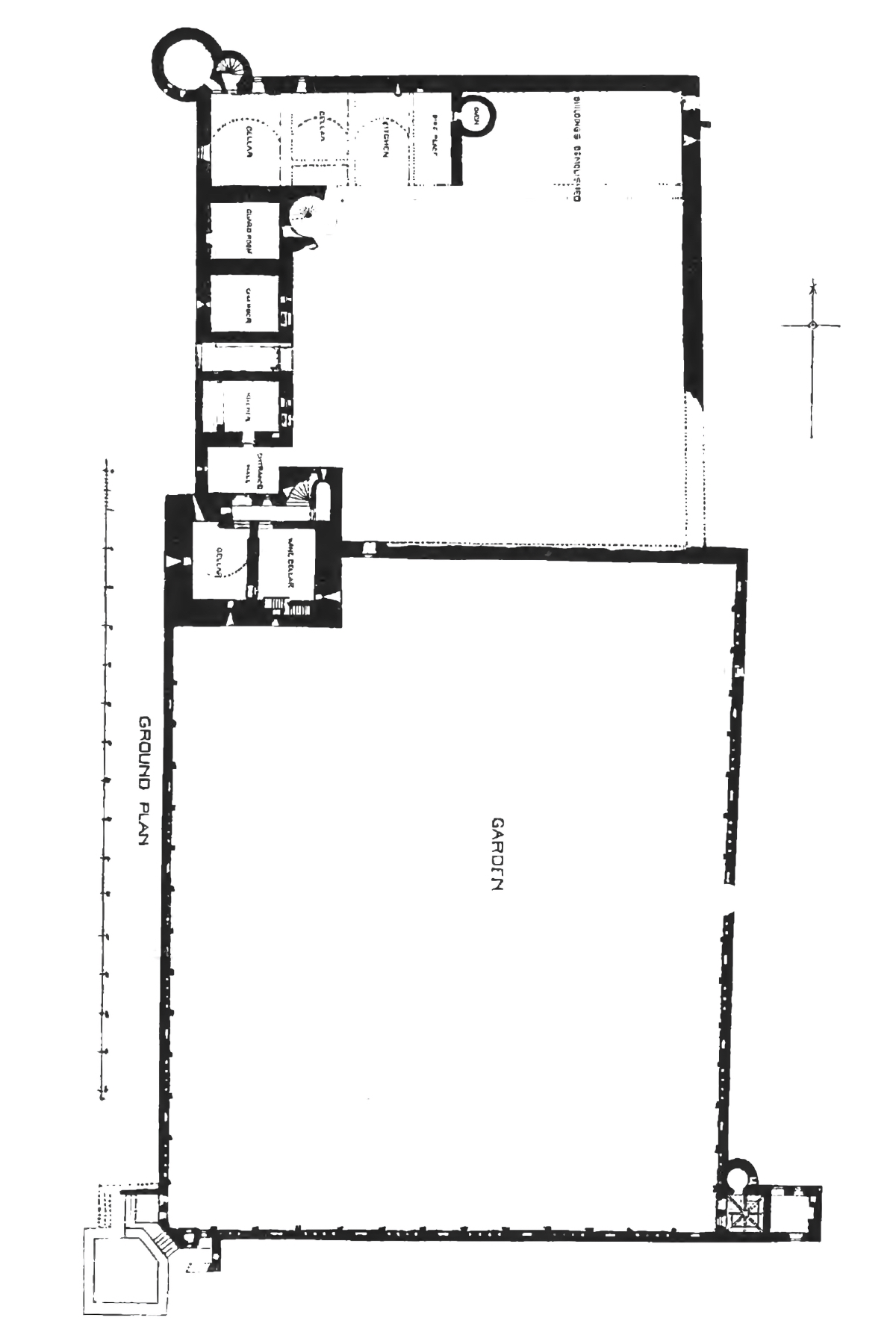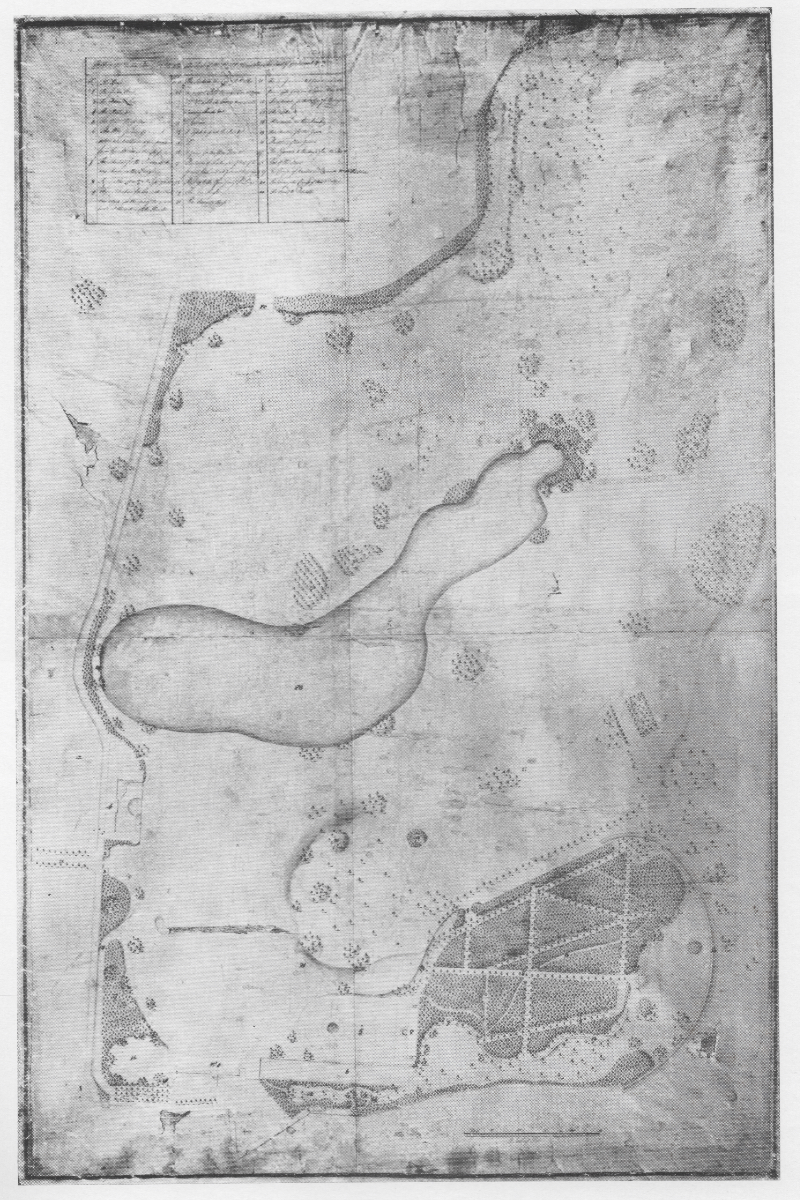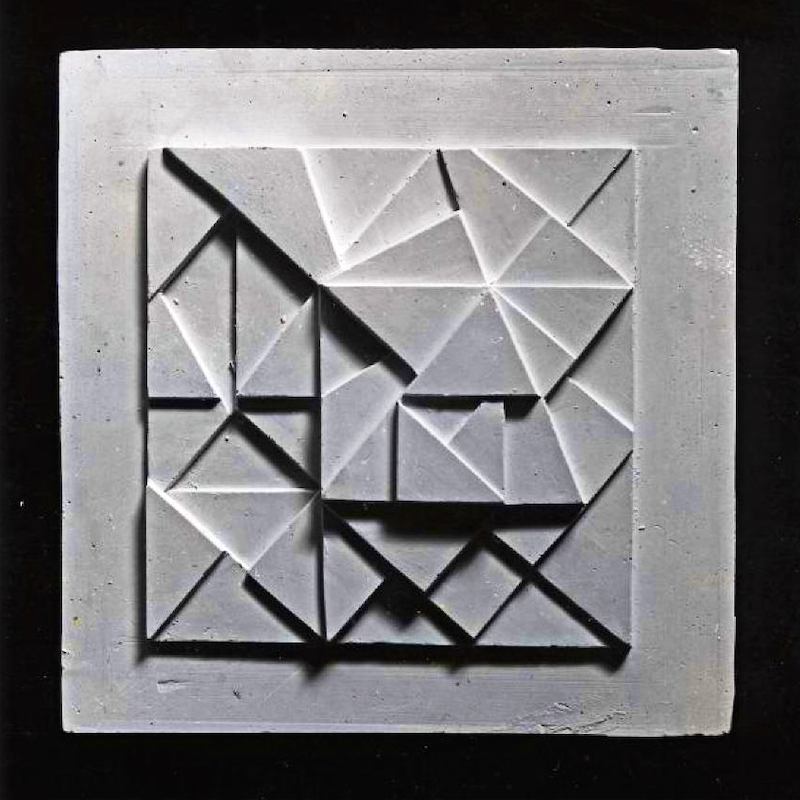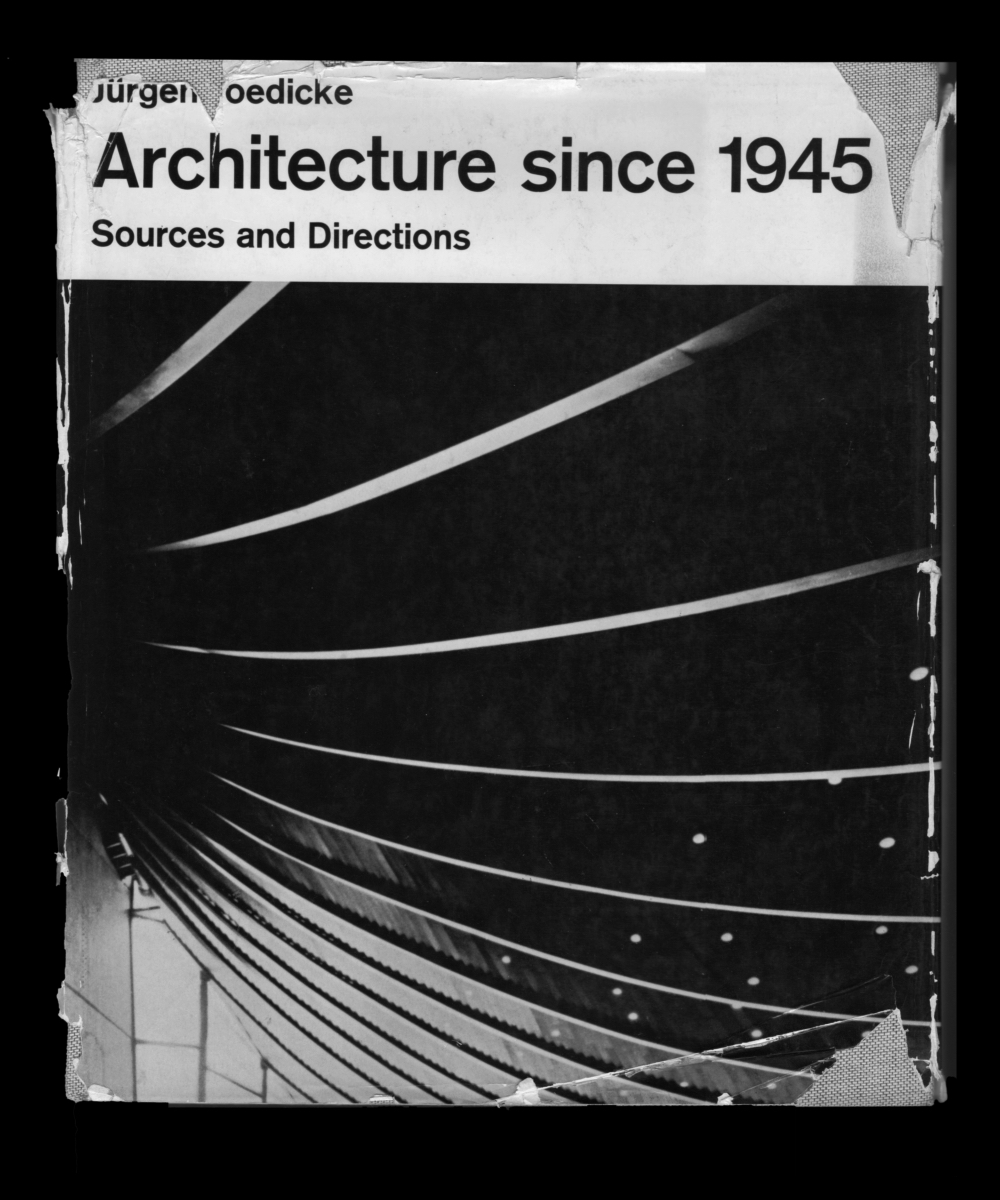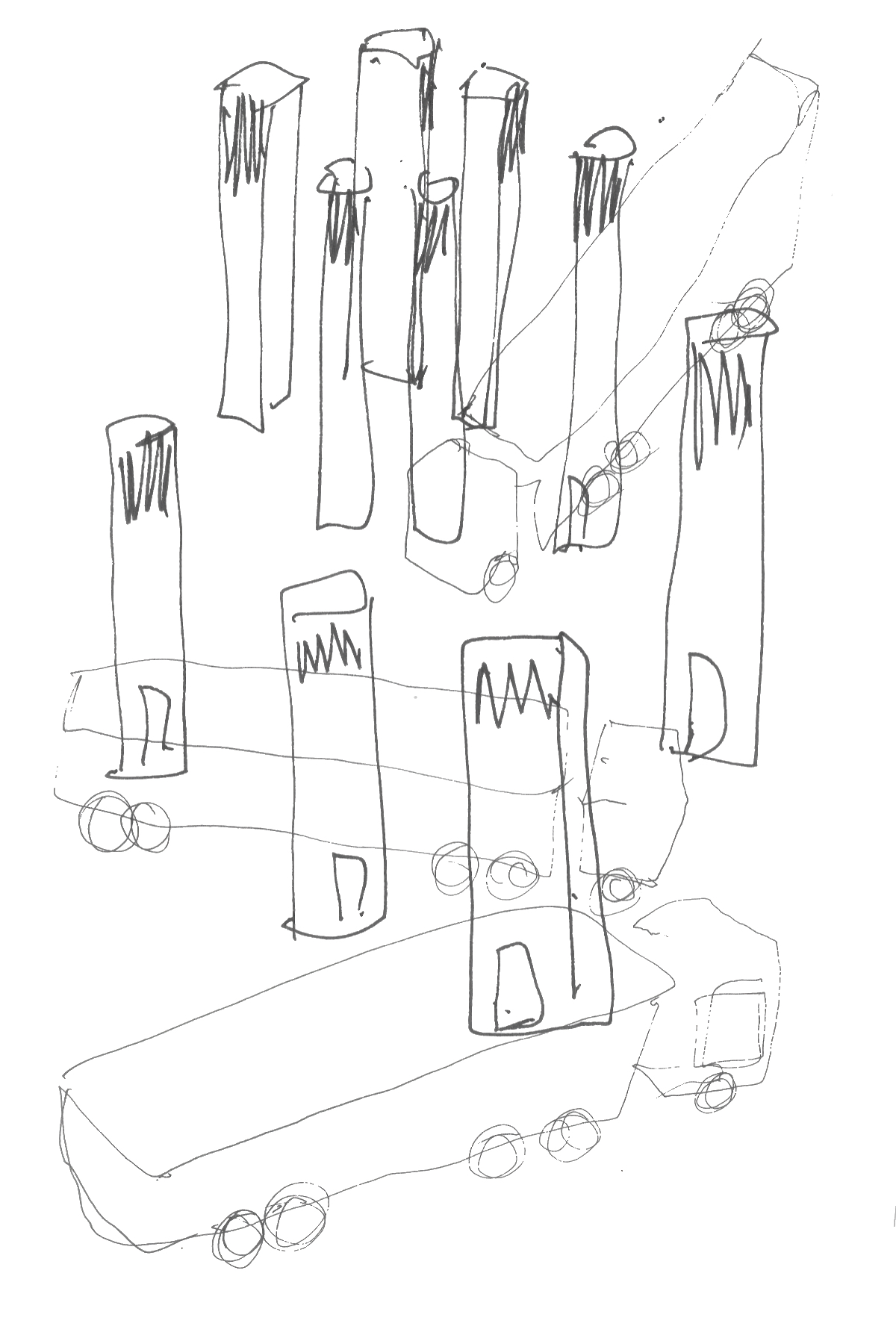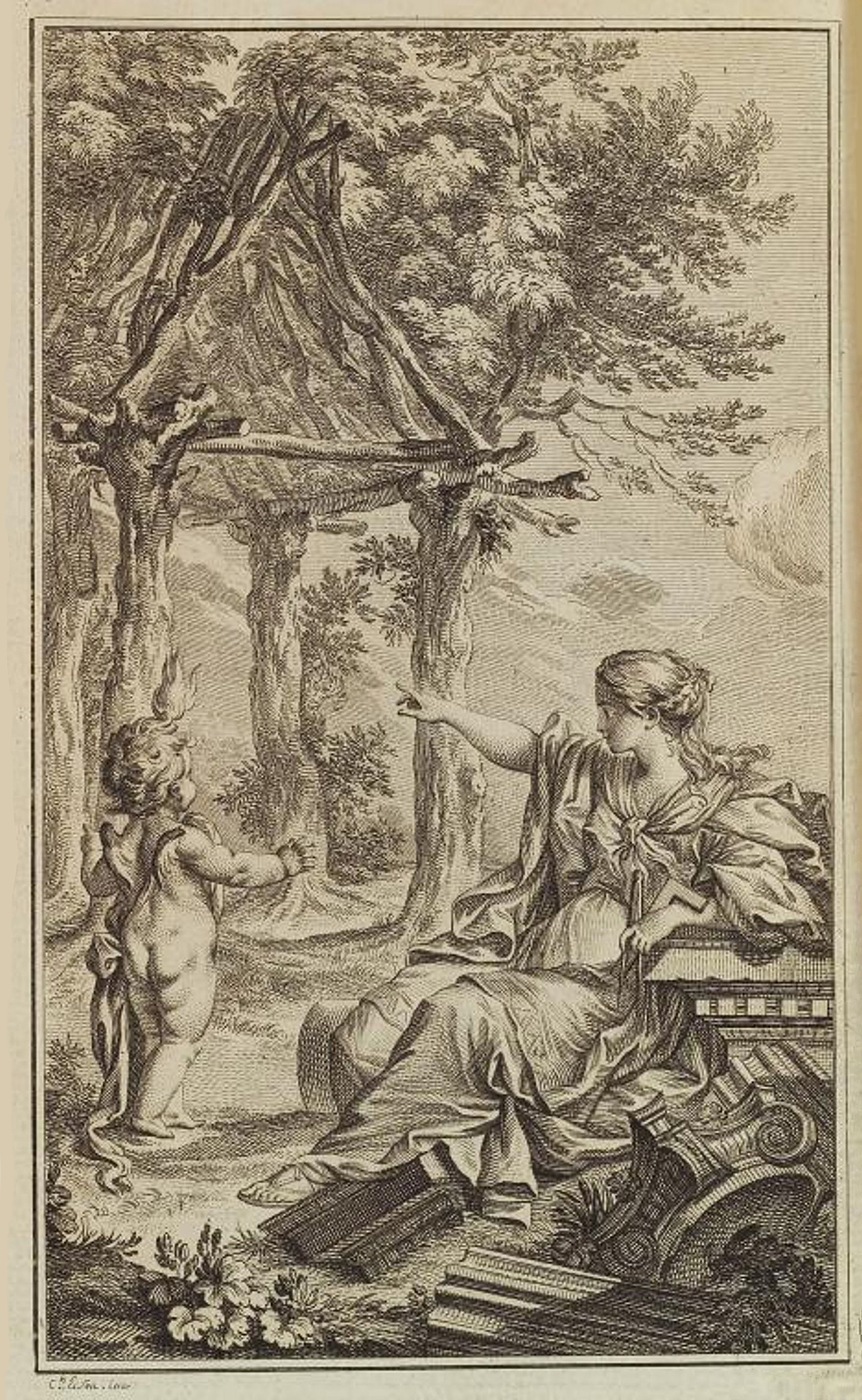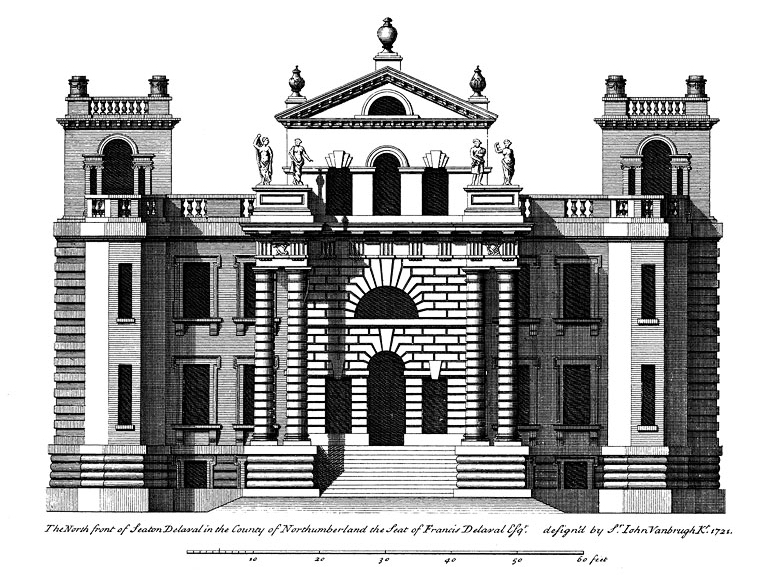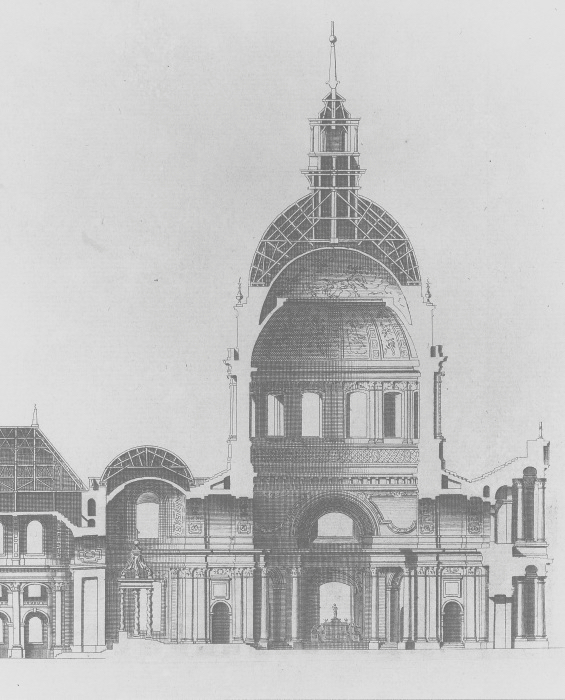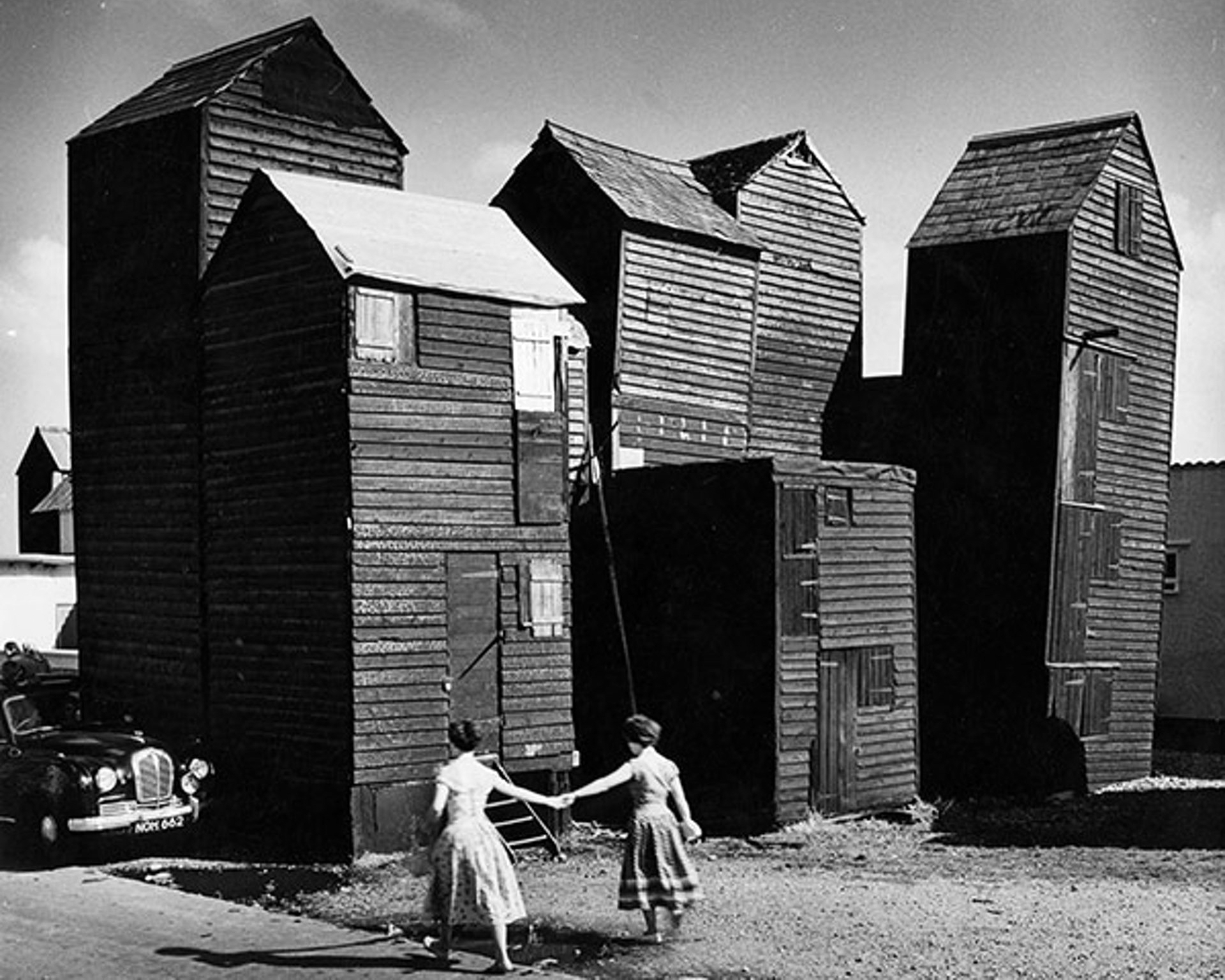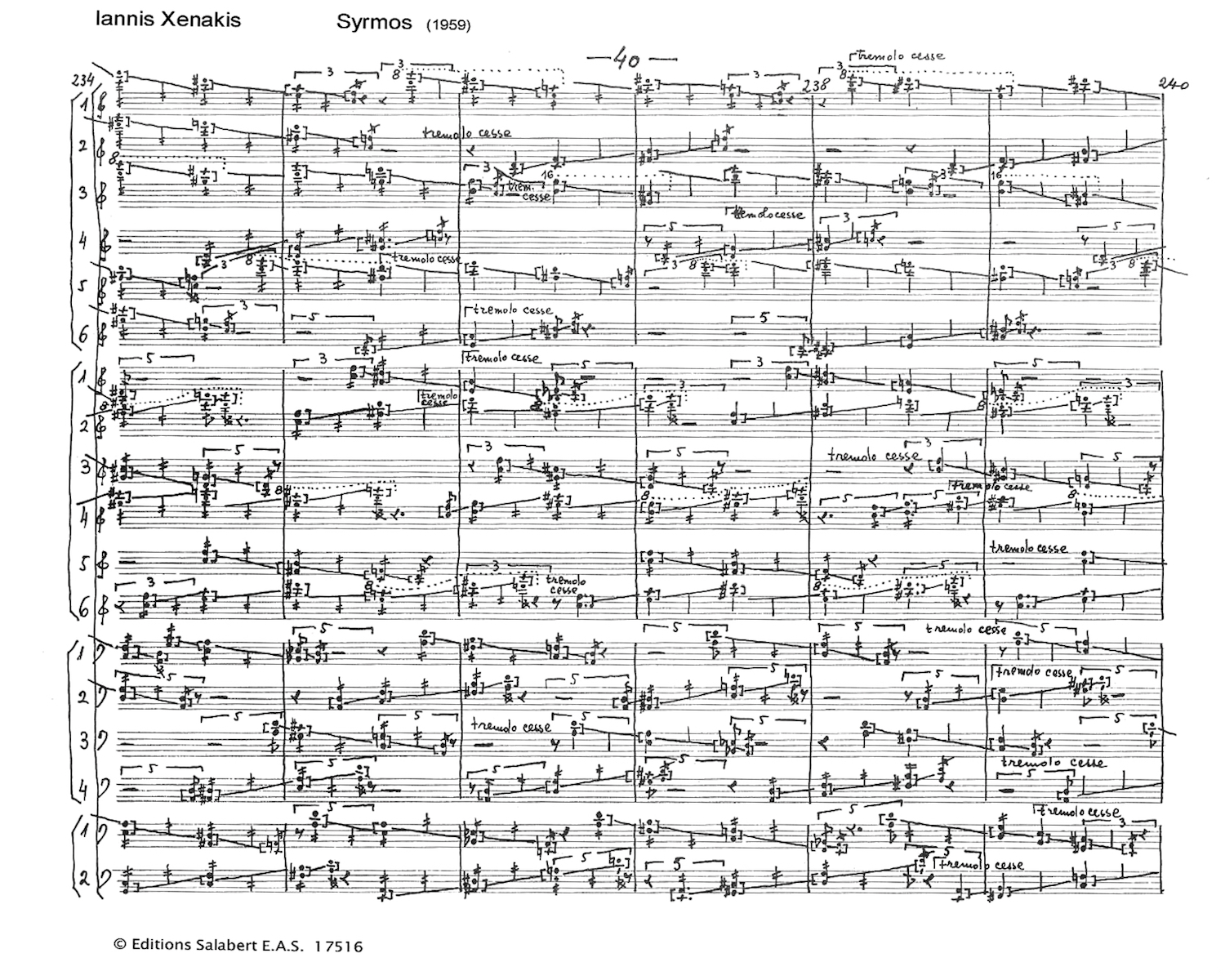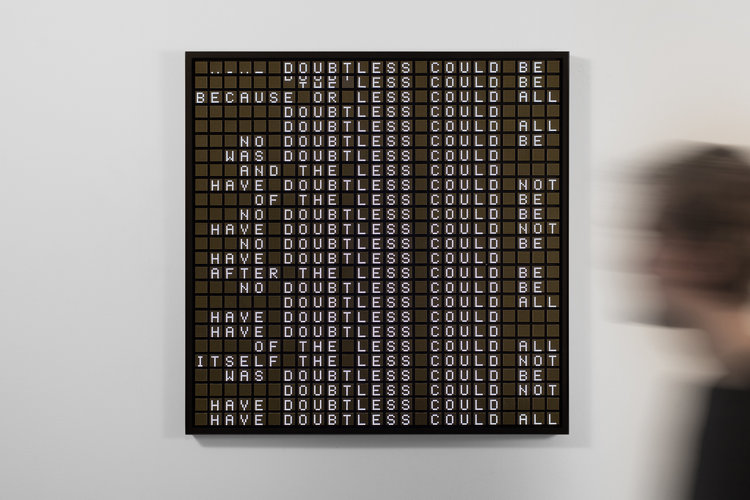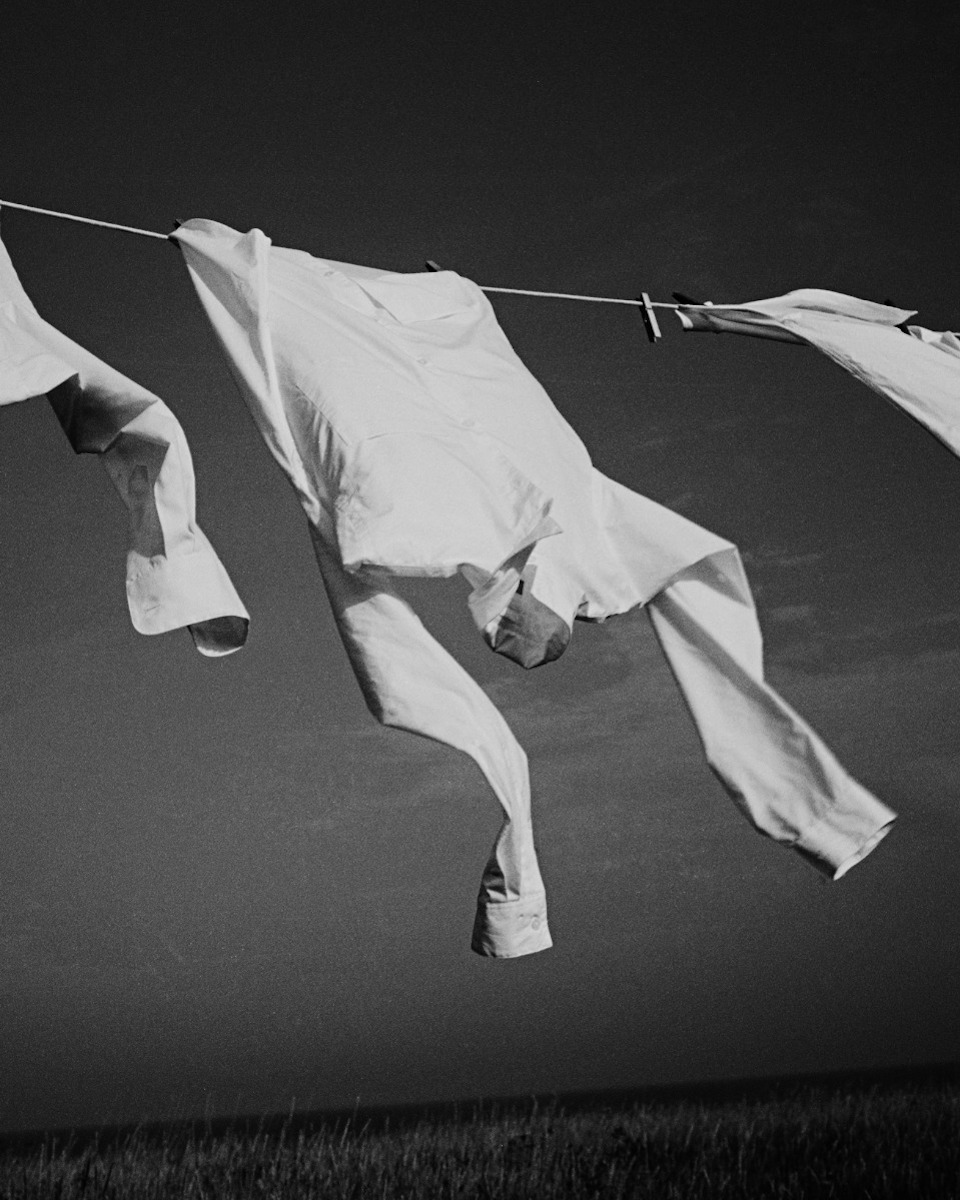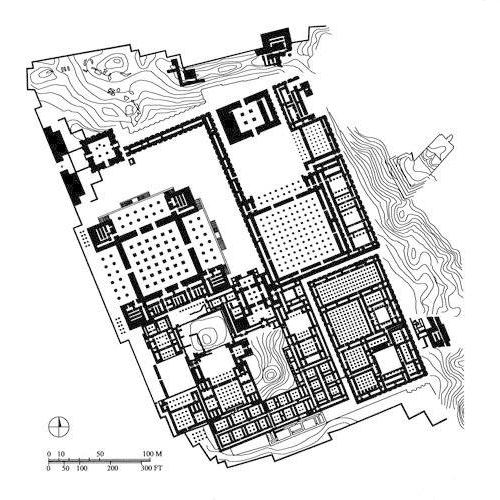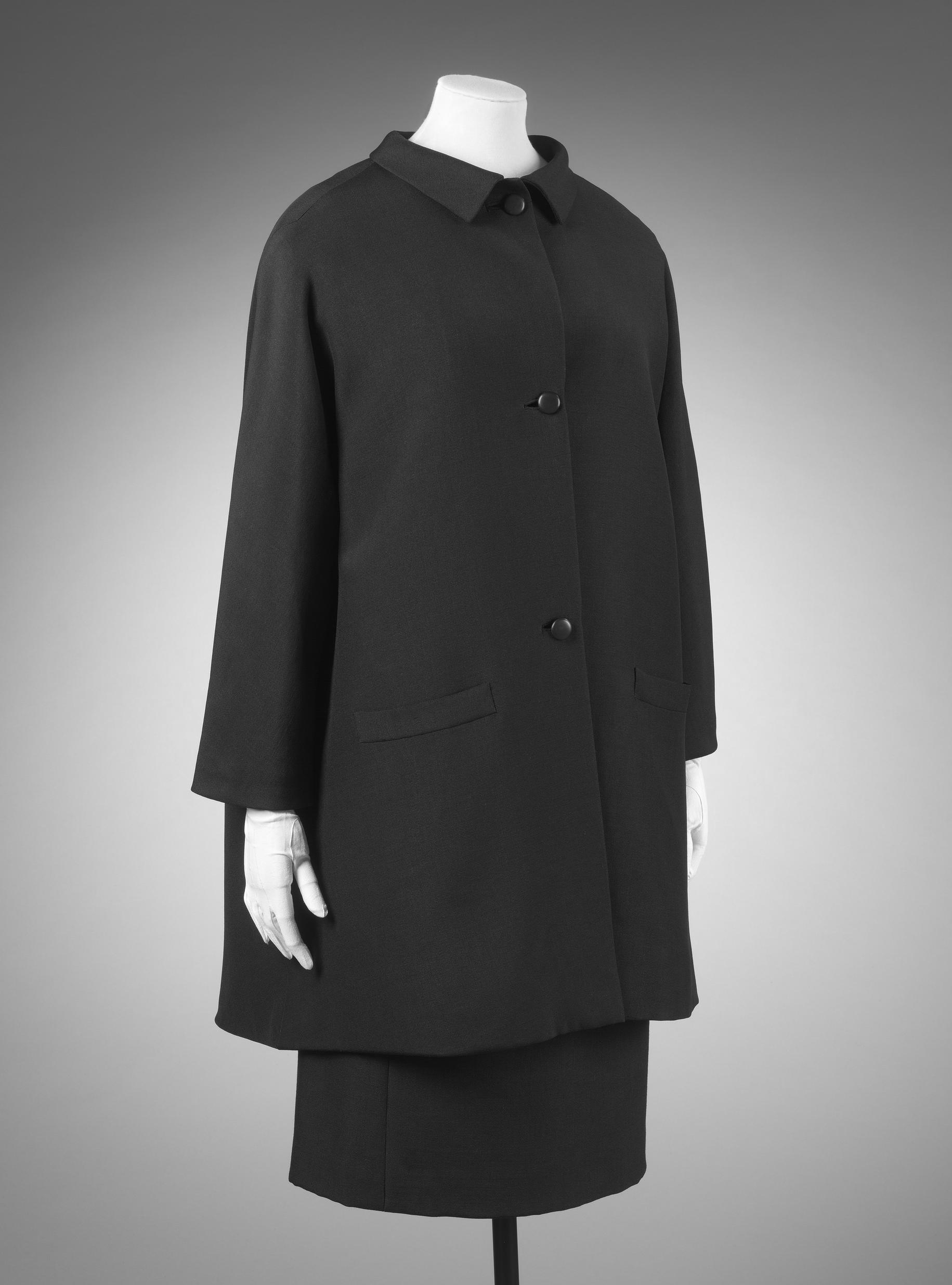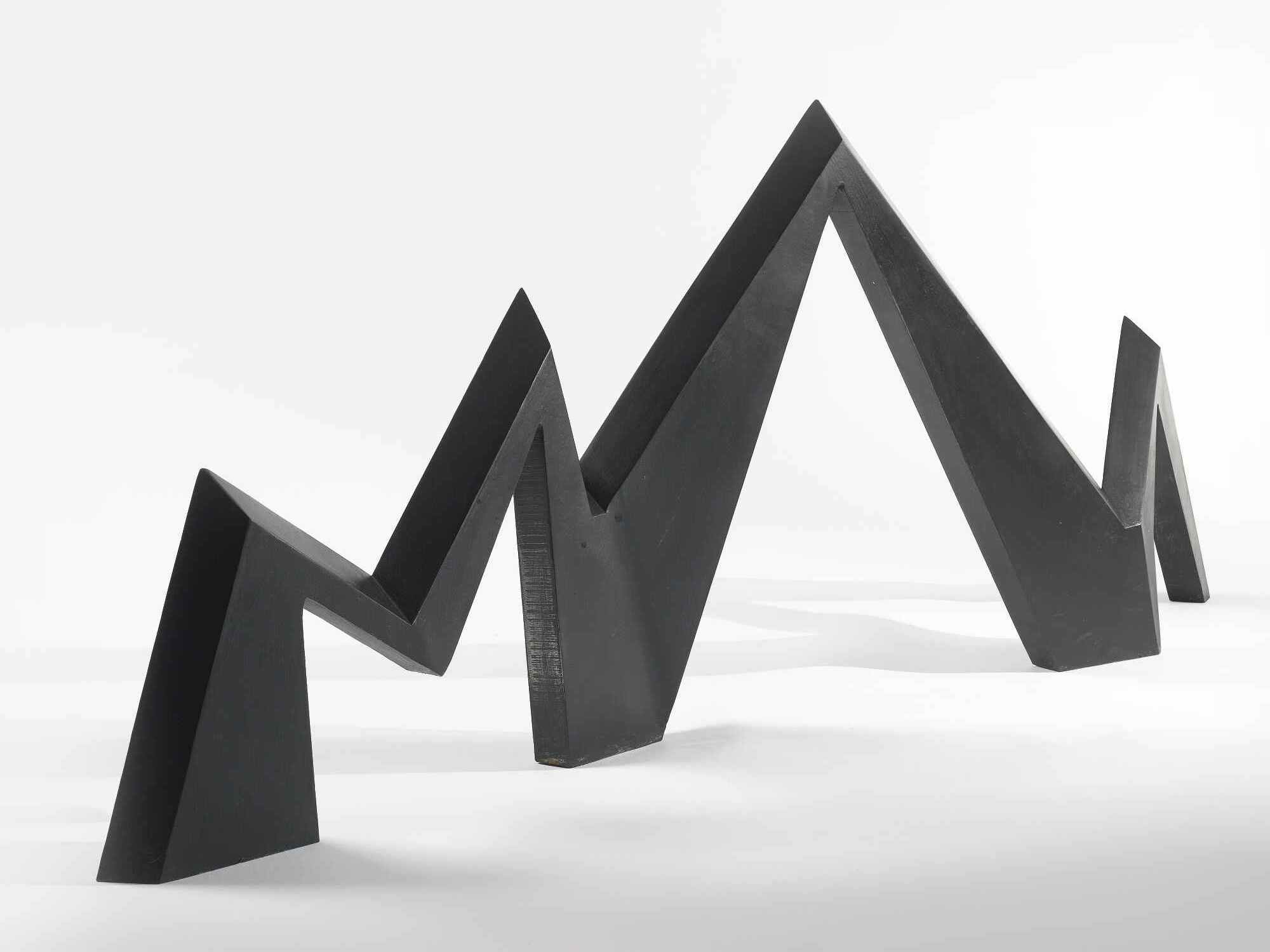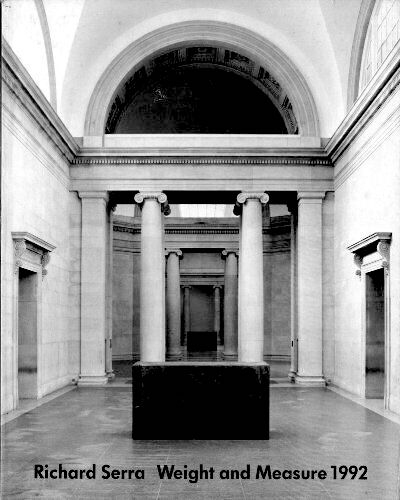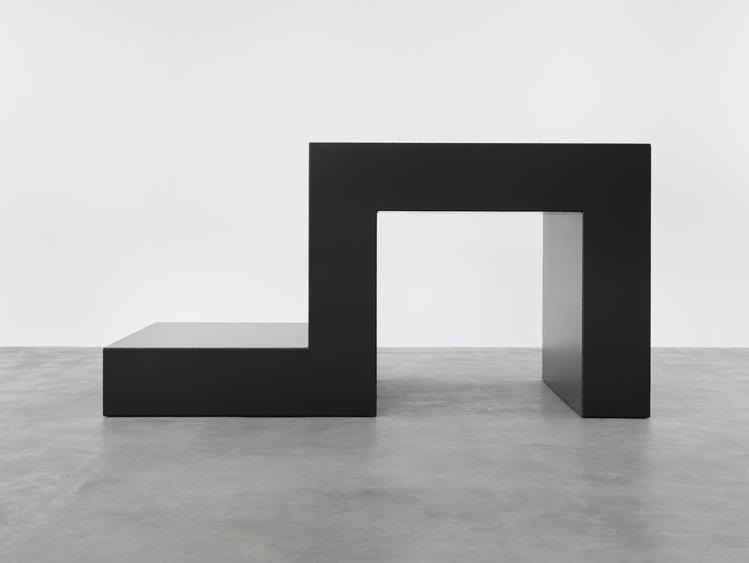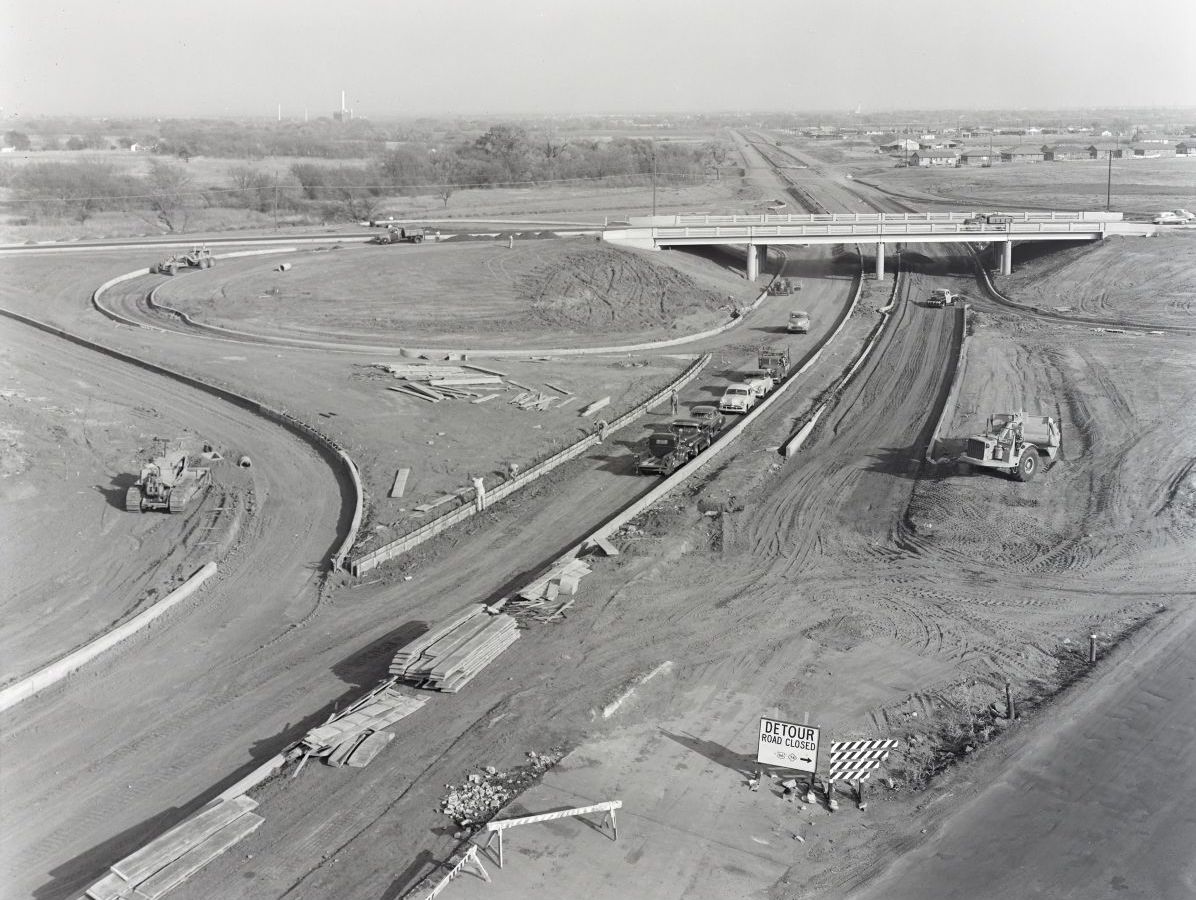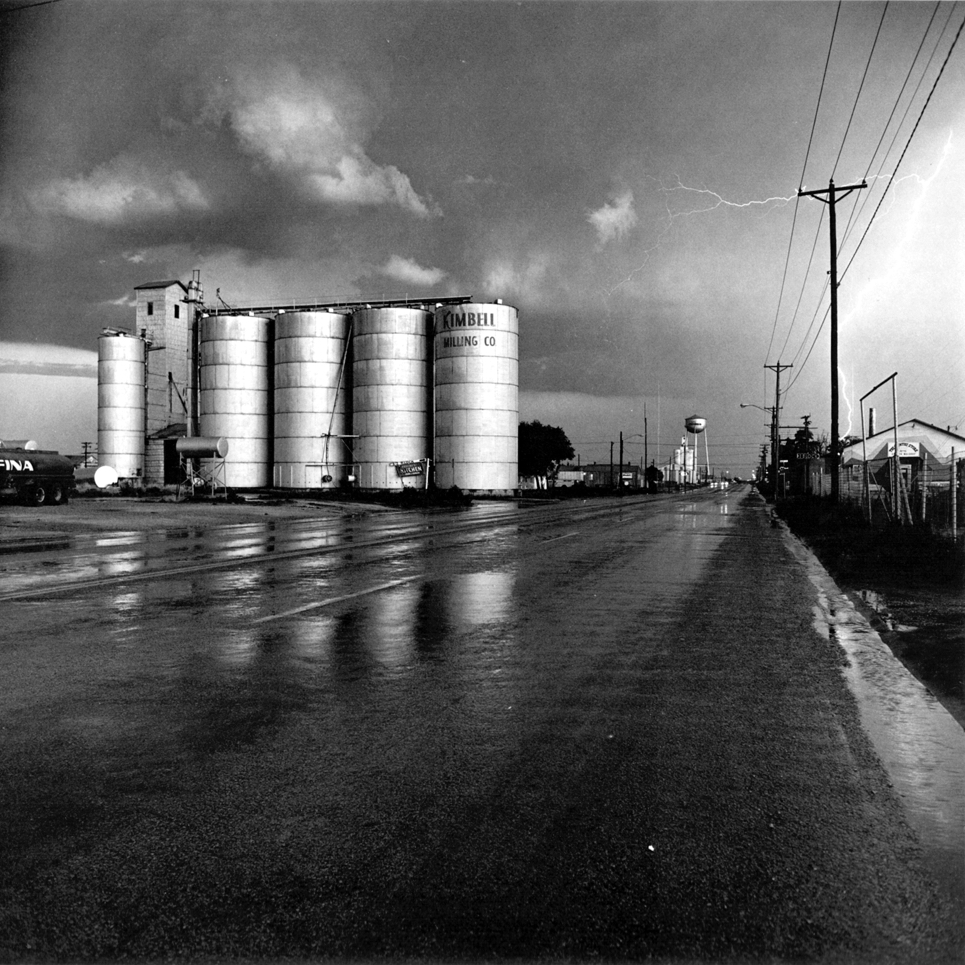thomas
deckker
architect
critical reflections
Two Renaissance Towns: Two Seasons
2024
2024
- Richelieu: Winter
- Sabionetta: Summer
- The Quincunx
- The Empty Space
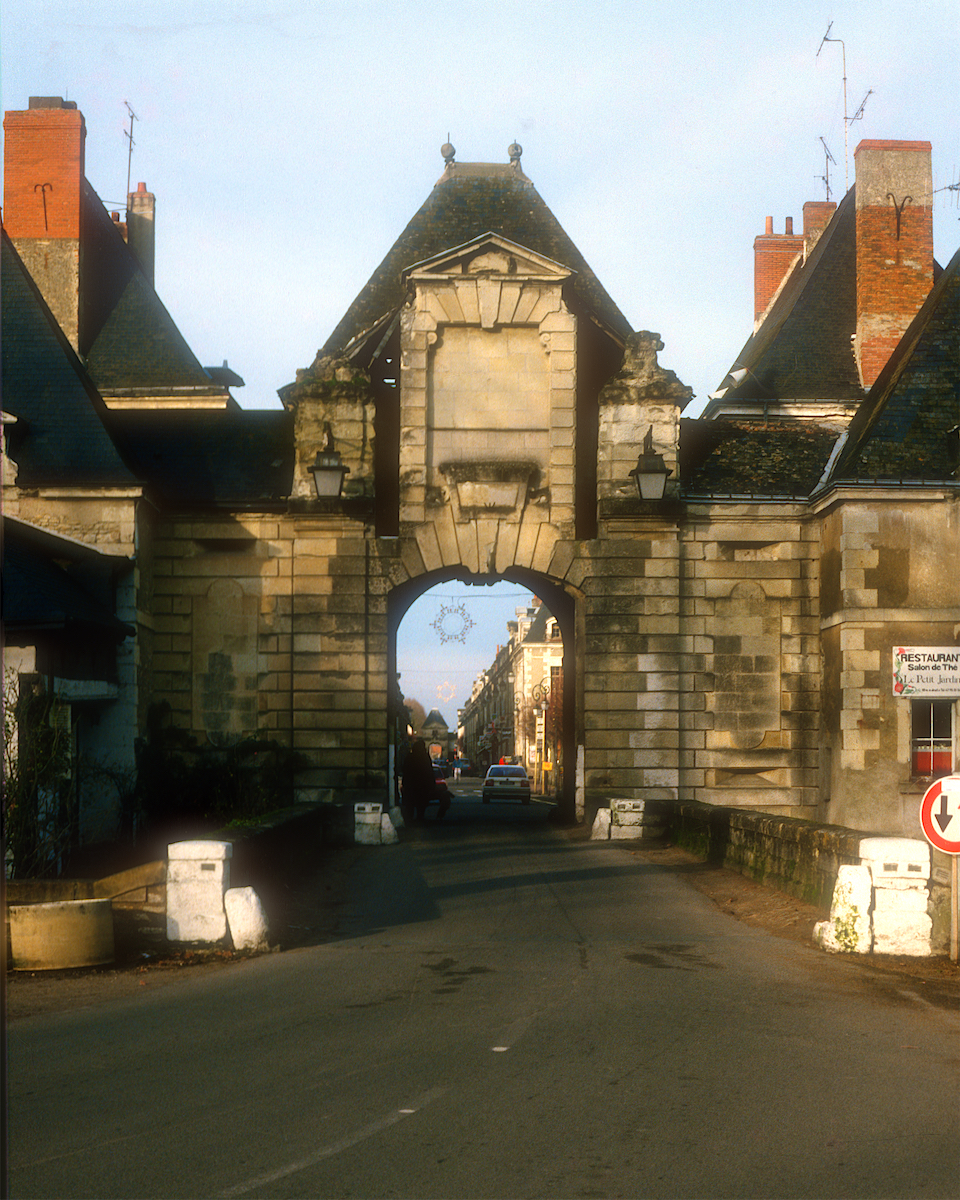
Jacques Lemercier: Porte de Richelieu, Richelieu, Indre-et-Loire, 1631
© Thomas Deckker 1988
© Thomas Deckker 1988
Richelieu: Winter
Winter, deep France. The land crystalline with frost, the air softened with mist.
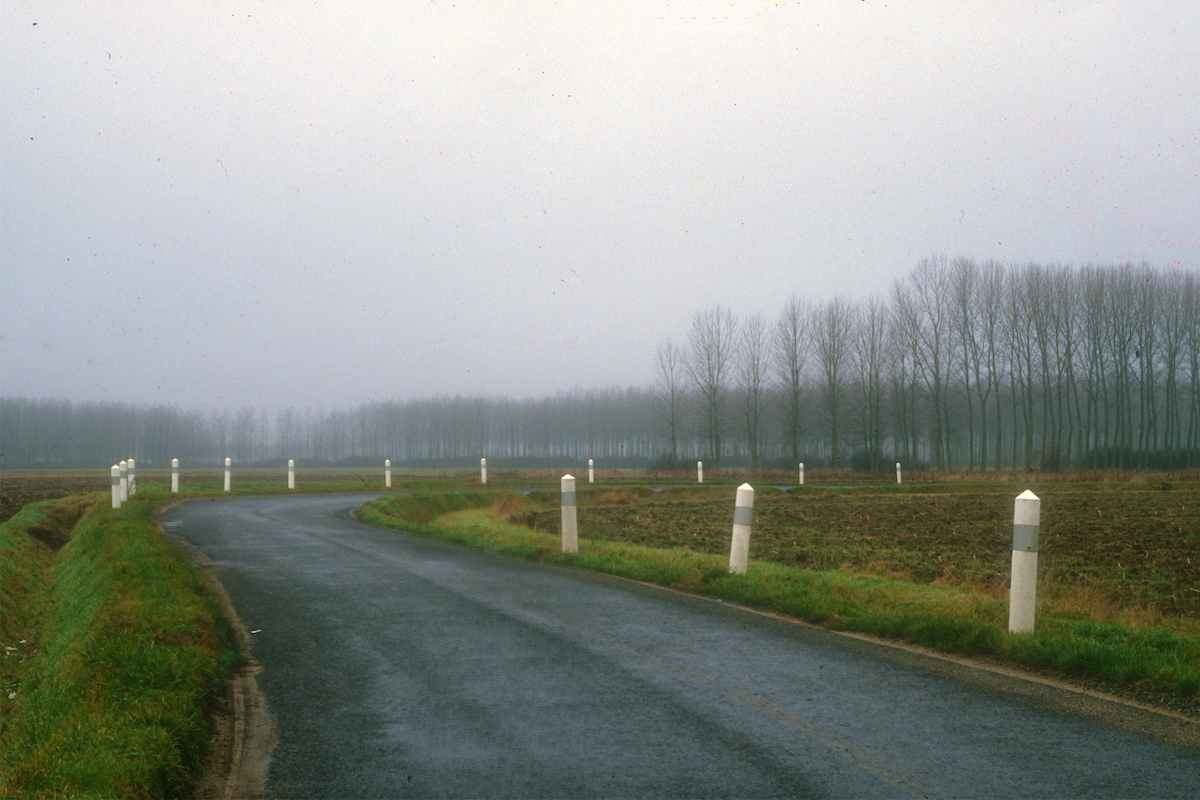
Road, Indre-et-Loire, France
© Thomas Deckker 1988
© Thomas Deckker 1988
Richelieu, an ideal town from the early 17th century, to accompany the chateau for Cardinal Richelieu. Jacques Lemercier, architecte du roi, austere French classicism. His work in Paris: completing the new courtyard of the Louvre, the Cour Carrée.
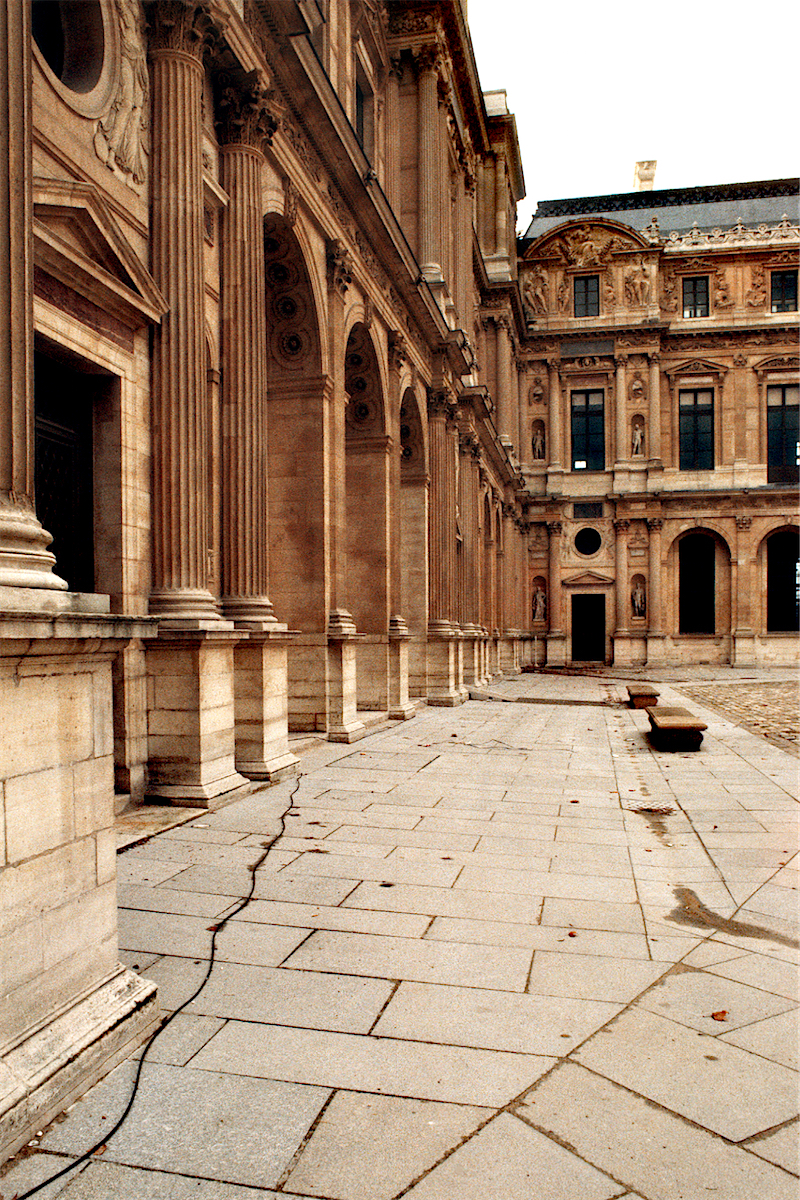
Jacques Lemercier: the Cour Carrée, Louvre, Paris (1625-45) based on the original wing by Pierre Lescot (1546-51)
© Thomas Deckker 1997
© Thomas Deckker 1997
The town, only partly constructed anyway, was largely abandoned on the death of Cardinal Richelieu in 1642, leaving it to be occupied as an agricultural hamlet.
The high street no longer grand, the courtyards filled with agricultural implements. The surrounding wall no more than a garden wall, the back streets filled with houses for artisans and workmen.
For the next visit, summer, longer and warmer days. Interiors, seen in Merimée, to be appreciated in real life. Fragments of grand architecture in a rural setting.
The high street no longer grand, the courtyards filled with agricultural implements. The surrounding wall no more than a garden wall, the back streets filled with houses for artisans and workmen.
For the next visit, summer, longer and warmer days. Interiors, seen in Merimée, to be appreciated in real life. Fragments of grand architecture in a rural setting.
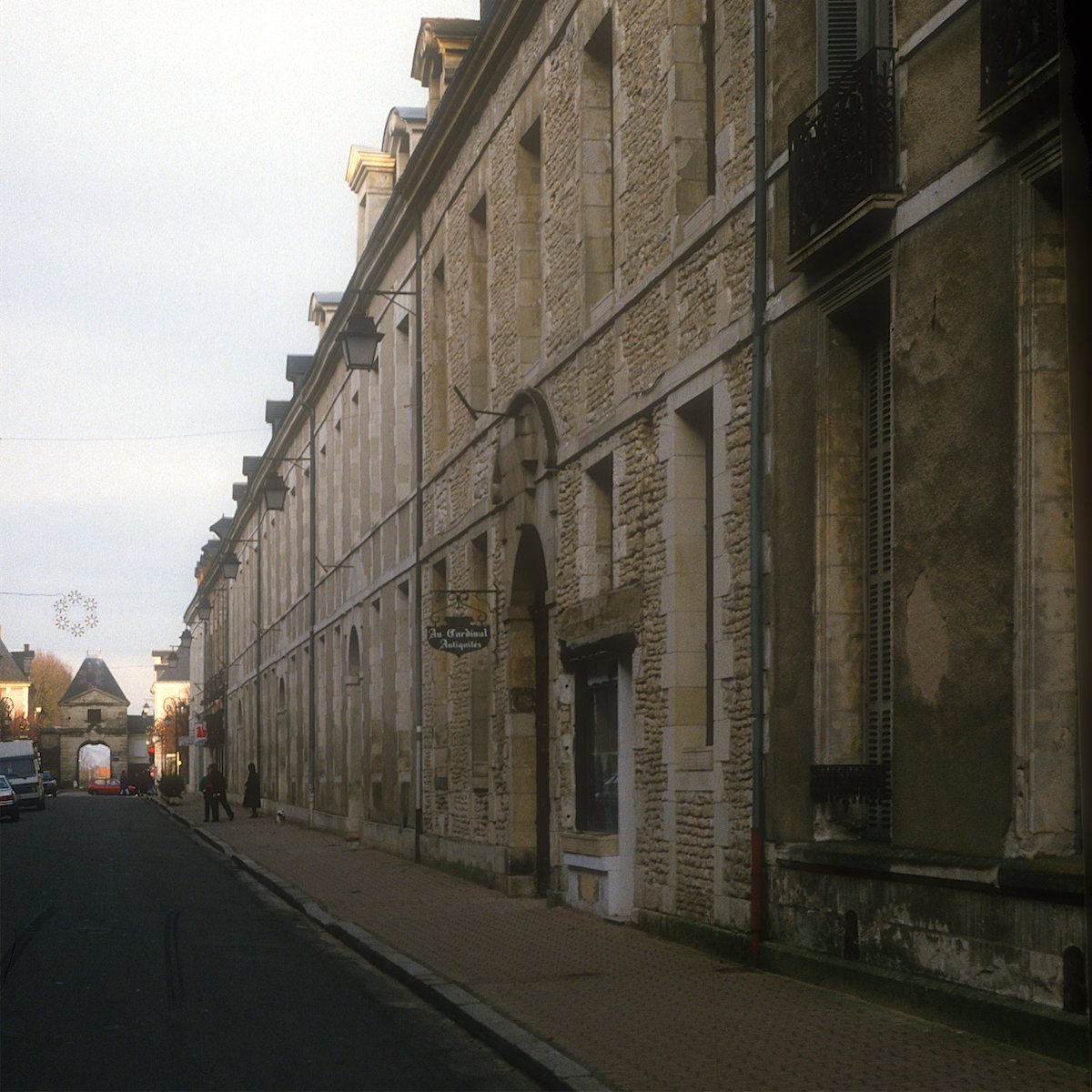
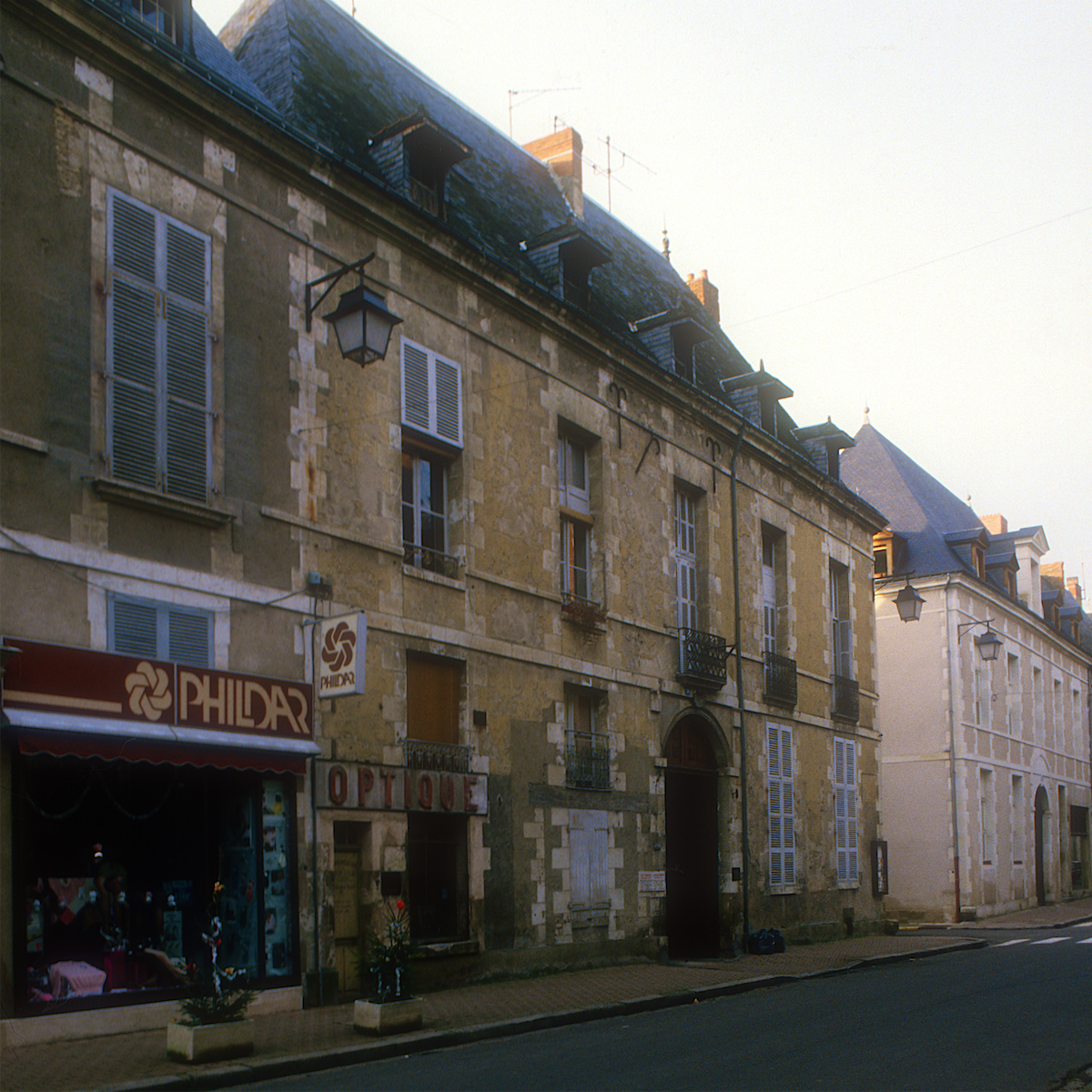
Jacques Lemercier: Richelieu, Indre-et-Loire, 1631
© Thomas Deckker 1988
© Thomas Deckker 1988
The two main squares, one with the church and a market hall, are in the form of a quincunx. Curiously Lemercier's other church was at the Sorbonne, the principal intellectual centre of Paris and of France.
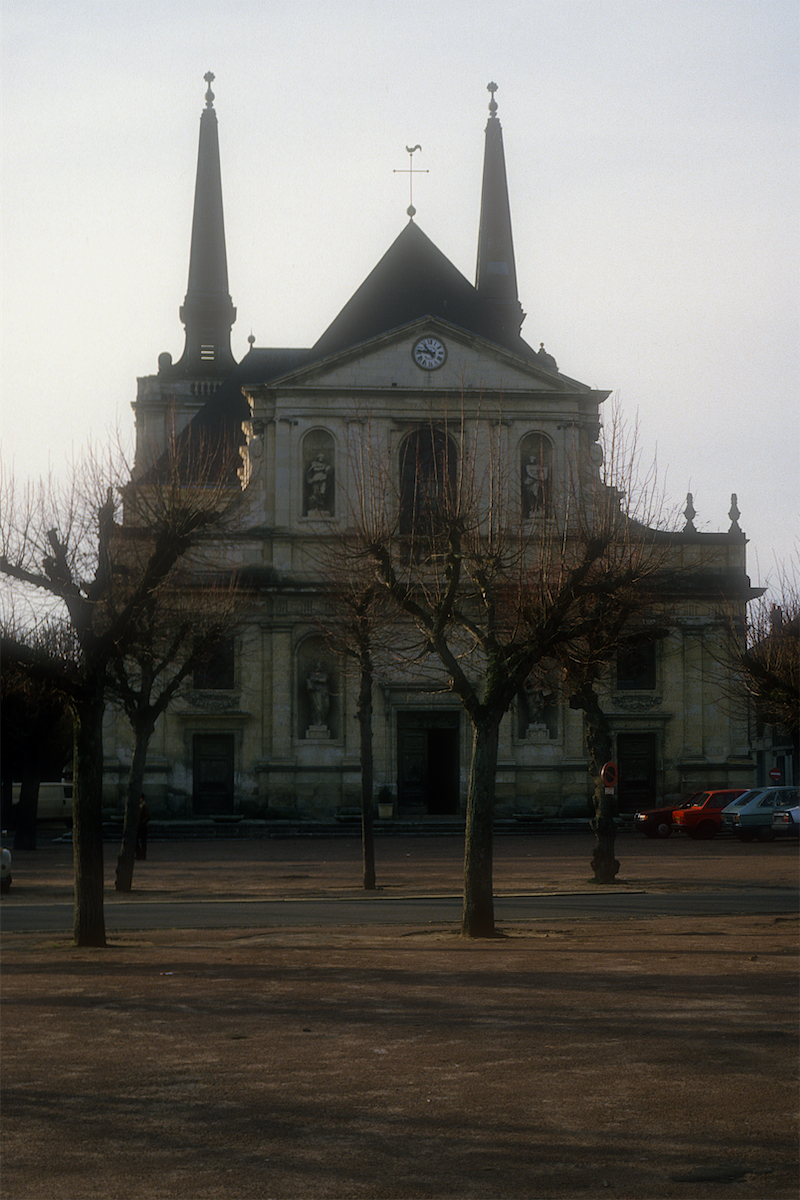
Jacques Lemercier: Eglise Notre-Dame de Richelieu, Richelieu, Indre-et-Loire, 1631
© Thomas Deckker 1988
© Thomas Deckker 1988
The chateau was extraordinarily large and luxurious but did not survive the Revolution. Only an extraordinary fragment remains, with its strange proportions and banded stonework somewhat reminiscent of Ledoux.
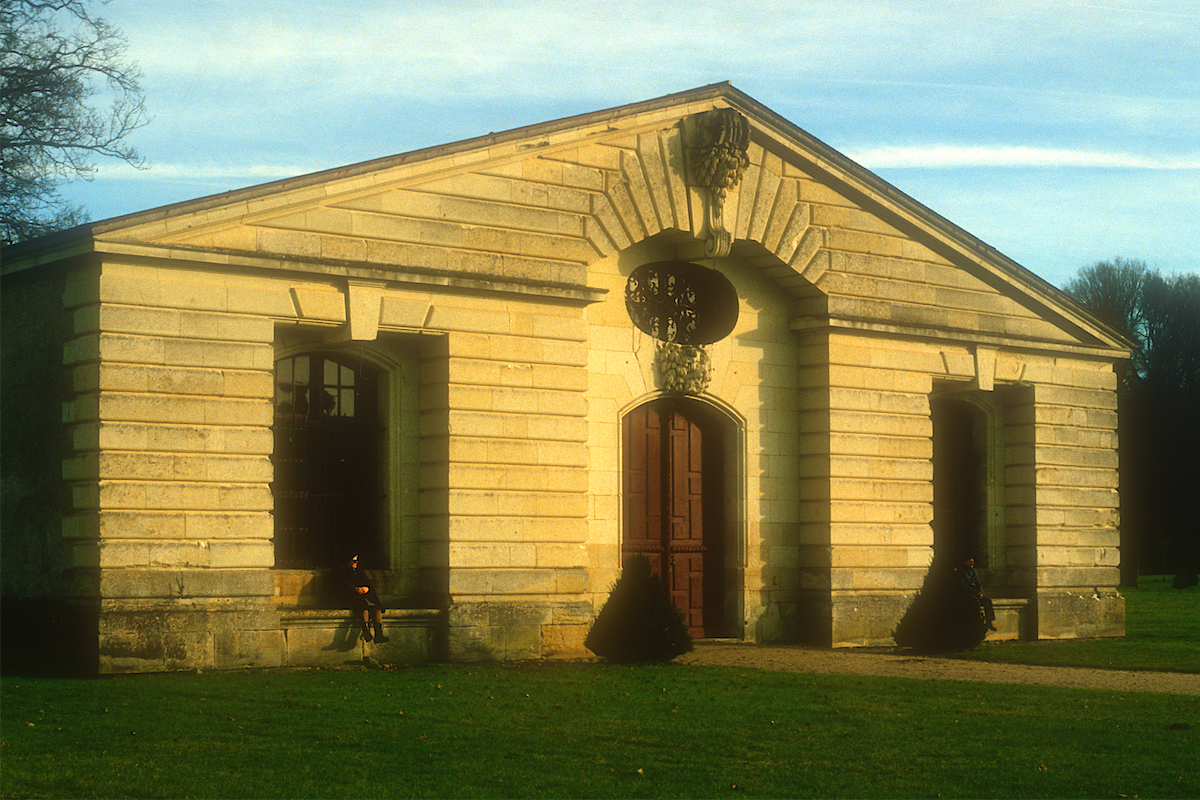
Jacques Lemercier: The Orangery, Chateau de Richelieu, Indre-et-Loire, 1631
© Thomas Deckker 1988
© Thomas Deckker 1988
Thomas Deckker
London 2024
London 2024
